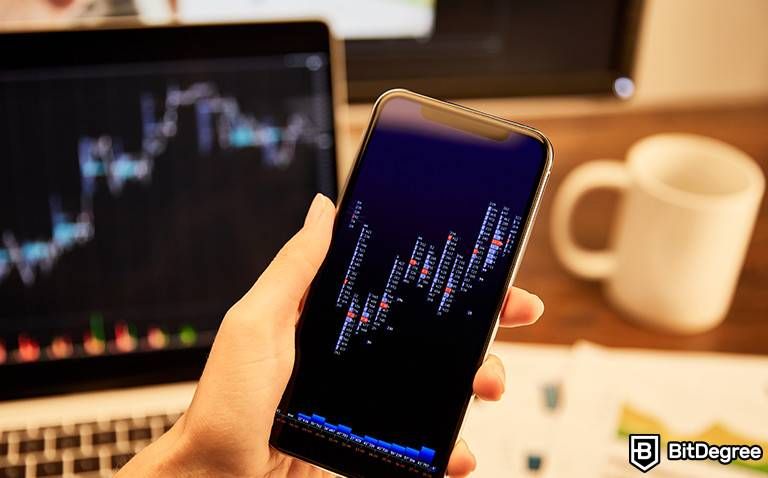Free Airdrop Season 7 is LIVE! Answer fun questions or do simple tasks to earn rewards from the $30K BitDegree prize pool. Participate Now ! 🔥
As the cryptocurrency market continues to mature, traders are constantly looking for new ways to capitalize on the industry. One popular method is arbitrage trading in crypto. But, many newcomers to the industry may be wondering what is arbitrage trading in crypto and may want to know how it differs from regular trading.
These questions, and many others, will be examined in this tutorial. Like many aspects of trading, the execution is typically quite simple, but the underlying concept behind it can be a little tricky. But luckily for all our beginners, this guide is designed to take you from a position where you know practically nothing, all the way to giving you the necessary insights to engage in crypto arbitrage trading yourself.

Did you know?
Subscribe - We publish new crypto explainer videos every week!
What is a DAO in Crypto? (Animated Explanation)


Table of Contents
What is Arbitrage Trading in Crypto: An Introduction
Before we can answer the question of what is arbitrage trading in crypto, we must first understand what arbitrage trading is in the traditional sense, as the concept has existed long before the crypto markets were born. At its core, arbitrage trading is the act of buying assets at a lower price on one exchange, and selling them at a higher price on another exchange.
Latest Deal Active Right Now:Head to BitDegree Missions, gather as many Bits as possible & claim your stake of the $30,000 Prize Pool! Don't waste your time & start collecting Bits by completing Missions and referring friends.
In one sense, this is no different from any other type of trading, but there are some key quirks to keep in mind. For starters, these trades often need to happen very quickly, as disparities between the value of an asset on different platforms do not always last long. Secondly, the fact that you need to use two different exchanges means that it is technically a little more challenging than just using one.
When there is an imbalance between the value of a particular asset on two different exchanges, we call this an arbitrage opportunity. These opportunities are what traders keenly look out for when they engage in this type of activity. And thankfully, these opportunities appear somewhat regularly.

One large reason why arbitrage opportunities arise often is because different exchanges serve different customers and traders, and so the assets on them get priced according to how those traders view them. For instance, an exchange which serves many institutional investors might have another price set for a particular asset compared to an exchange which serves primarily retail investors.
This is because institutional investors and retail investors may view a certain asset in distinct and varying ways depending on a range of factors, including whether they have a formal education in finance, whether they can see the potential in it, social aspects (as it can never be forgotten that trading is a social act as well as an economic one), recognition of risks, and even personal opinions and preferences.
This is not to say that one group or exchange has a more accurate price than another, but more so to point out that the clientele of an exchange will affect the way assets are priced and presented on that exchange. With that being said, exchanges rarely beat to their own drum, and they tend to all still follow the flow of the market as-a-whole.
There are many reasons for this. Ironically, one of the main ones is that, once an arbitrage opportunity is identified, many traders choose or attempt to take advantage of it, which causes an increase in buying and selling activity. As a result, this increased competition tends to close the financial gap.
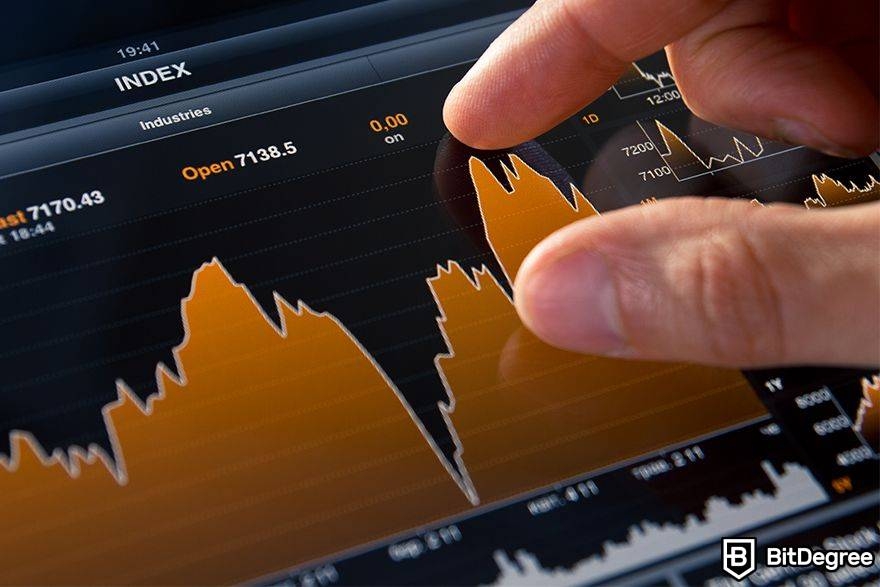
Other reasons include sudden changes in the way the asset is viewed (often triggered by news outlets), more knowledge about the asset being made available to the public, and sudden drops or changes to the volume of an asset which might be affected by those who swoop in on an arbitrage opportunity. Overall, you can see that this type of activity is very fragile and fast-paced.
How to Arbitrage Cryptocurrency?
At the moment, we’ve only covered arbitrage trading in the general sense– let’s now examine it from a more narrow perspective, and learn in particular about how crypto arbitrage trading works. Everything we have just covered will apply to the crypto markets as well, but now we will look at the specific quirks and differences that this industry tends to see when it comes to arbitrage trading crypto.
For starters, it is important to point out that there is a greater variety of exchanges in the crypto space, which can act as a double-edged sword for traders. The positive to this is that more exchanges means more arbitrage opportunities! A greater variety of exchanges on the market leads to disparities in the value of assets.
But on the other hand, more exchanges means that there is more data to keep track of, which can be a nightmare for a trader. Watching the value of many exchanges at once can easily become overwhelming and tiresome– and tiredness and fatigue are the two things no trader wants to feel. The moment you struggle to be alert is the moment you open yourself up to easy errors and mistakes on the trading floor.

With that being said, there are options available in the crypto sphere to help combat this. Part of the journey to learning how to do arbitrage trading in crypto is learning how to automate some of this process. But we are getting ahead of ourselves, as we have a whole chapter dedicated to this later on.
Another major factor to consider when learning how to arbitrage crypto is that there is a wider range of different investor profiles in the space. What this means is that people from all walks of life engage in crypto because it is borderless, and with the emergence of decentralized exchanges, people can trade even if they do not have official documentation such as passports or IDs.

In other words, crypto trading is more global and inclusive. This is important to consider when arbitrage trading because a wider range of investor profiles means that there will be more arbitrage opportunities, as there will be a greater range of opinions and trading styles to account for.
For instance, people in one country may trade differently than people in another country, and assets which have focused their advertising and marketing within one nation might find that those citizens view it more favourably than people in another nation. Furthermore, retail investors may view crypto assets more positively than institutional investors.
The reason for this is more socioeconomic than anything else– it boils down to the simple fact that projects like Bitcoin and Ethereum were designed as tools for the general public to use, rather than instruments for corporations. This means the everyday person can feel a stronger and more emotive connection to crypto than leaders of institutions do.
Strongly tied to this idea is that of volatility. A major difference to consider when learning how to arbitrage cryptocurrency is that the crypto markets are notorious for fluctuating significantly over a very short space of time. There are a ton of explanations for this, but one is that the wide range of investor profiles and the greater quantity of retail investors means that the market is filled with many opposing views.
These differing opinions and trading styles bring regular upticks and downfalls because it is rare for the market to all be in agreement about the value of a certain thing. Contributing factors to this also include volume and liquidity issues, where some smaller coins and tokens can become scarce or even run out on an exchange.
How to Arbitrage Bitcoin
At this point, we have essentially answered the question of what is arbitrage trading in crypto, but we have not explained what you need to do if you want to engage in this yourself. And so that is something we will do now! Many newcomers to the space like to begin by learning how to arbitrage Bitcoin, as it is the market leader. So we will begin there, too!
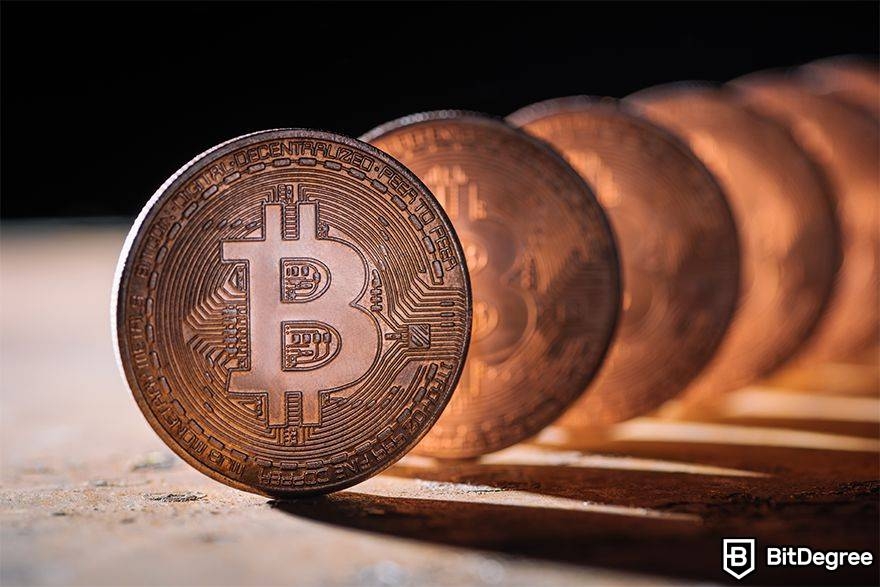
To start, you would need to identify two exchanges that list a cryptocurrency of your choice. If you want to trade Bitcoin, then this is great, as practically every centralized crypto exchange lists Bitcoin, and some traditional asset exchanges even list it, too. That means there are a lot of exchanges to explore for opportunities.
You would then need to monitor the price differences on both exchanges. Oftentimes, they will be very similar– sometimes completely identical. But if you spend enough time watching, or you pick two exchanges that seem to have a very different investor profile, then you will eventually find a situation where the price is different on one of them. The question then is how different?
It is hard to say what type of value disparity you should be looking for, but to state the obvious: the greater the difference in price, the greater the opportunities are for you, as this is similar to buying something while on sale and then selling it at full-price. The issue, however, is that it is not always easy to identify what counts as an amount that is significant enough to trigger a crypto arbitrage trade.
To figure this out for yourself, you need to investigate what the transaction fees will be, and what the withdrawal fee will be if you are using a centralized exchange. It is important to know this because these fees have a tendency to creep up on new traders. Once you have figured that out, you can then better understand what your profits would be when you perform arbitrage trading with crypto.
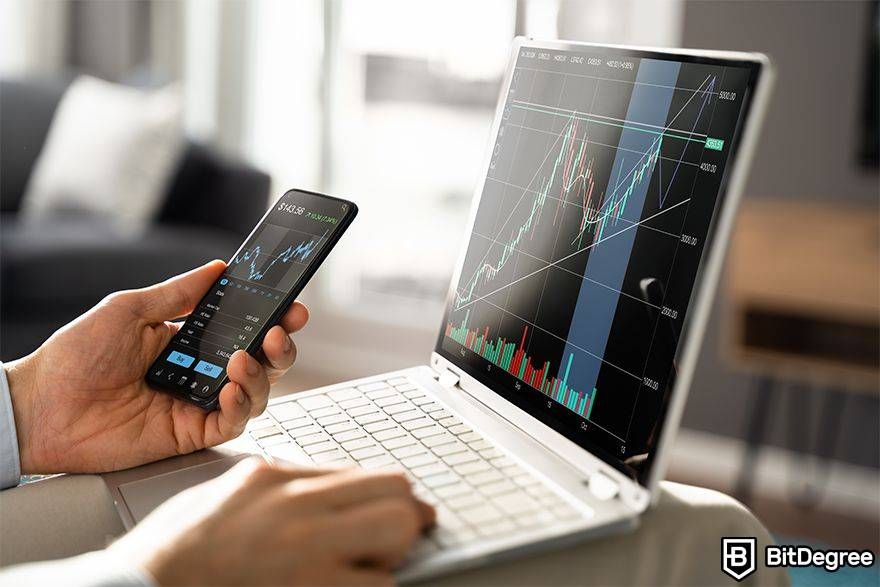
A good place to start when it comes to finding exchanges is to begin with the most reputable ones. Three particularly well-regarded exchanges that trade Bitcoin are Binance, KuCoin, and Kraken. All three of these exchanges are long-established and are trusted by a range of traders, both retail and institutional.
Put these numbers in a spreadsheet so you can easily see them and do calculations with them. Now, you should identify how much Bitcoin you are willing to buy. You don’t want to buy too little because lower numbers will mean your transaction and withdrawal fees will eat up your gains. But you may be weary about buying too much just in case the arbitrage opportunity vanishes before you have your chance.
If for instance, you decide to use Binance, then you can experience 0% trading fees with certain Bitcoin pairs. Reducing fees is always important with regard to any type of trading, but with how sensitive arbitrage trades are to fees, this needs to be even more considered.
There is no true calculation or strict rule you should keep to when trying to work out what quantity you want to buy, but you should be aware of the risk that your arbitrage opportunity could close up and leave you behind. So, with that in mind, buying more is equal to taking on more risk. But remember that buying too little is also a risk as fees can reduce your profits, and even if you break even then you’ve wasted precious time.

If you decide on an amount that fits the level of risk you are comfortable with, then you now buy the Bitcoin on one exchange and move it over to another one, where you then sell it at a higher rate. But keep in mind that this can be a lengthy process and arbitrage windows are not long-lasting.
Many exchanges will let you use Bitcoin once it receives 2 confirmations on the blockchain, which takes around 20 minutes. An arbitrage opportunity might not always last that long, especially one where there is only a tiny difference in value. If you can find an exchange that lets you trade at 1 confirmation, you could prioritise that one as it should only take 10 minutes to appear in the next exchange’s wallet.
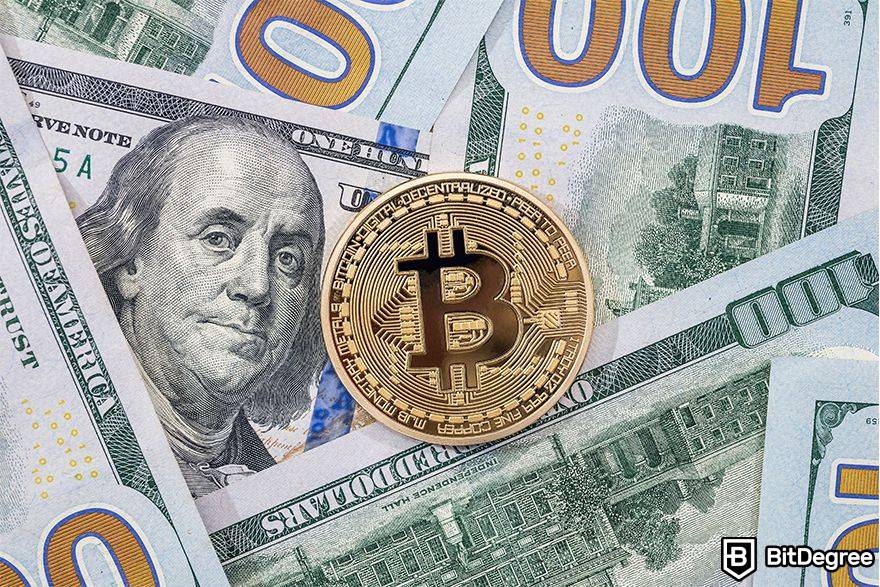
You can also try to find a couple of exchanges that use Lightning Network, which is a secondary layer to Bitcoin that is designed for fast and cheap transactions. Although, it is good to consider that Lightning Network is created with small purchases in mind, and so perhaps proceed with caution when it comes to bigger ones. However, research has been done to show that big transactions are still a possibility.
If you find these exchanges, then things should be faster, as Lightning Network Bitcoin transactions are almost instantaneous. This reduces the time by a lot, but there are other time factors to consider. Some exchanges will execute your trades faster than others. This is referred to as latency, and the lower it is, the better.
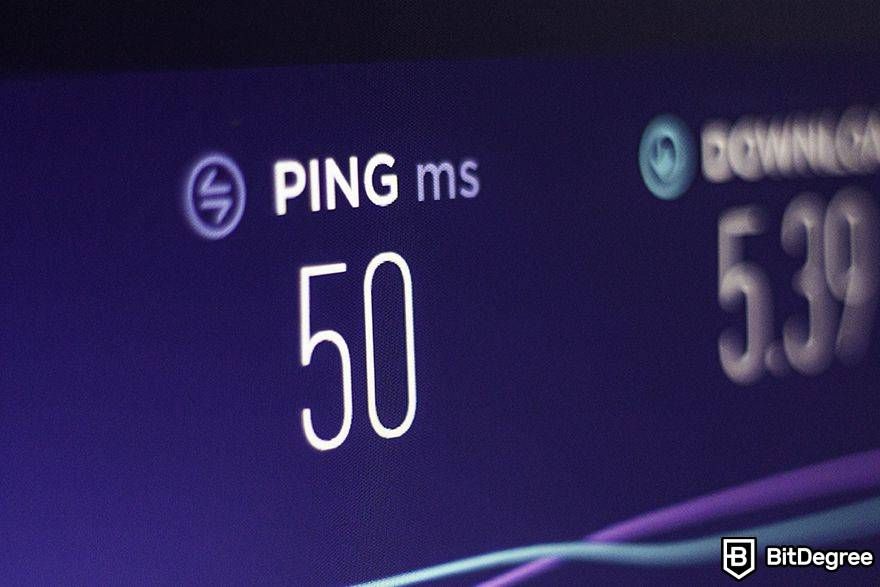
Many exchanges boast of low latency, two of which being Kraken and Binance. Finding latency data can be tough, as it is not always published, but you can test latency in a very rudimentary way by performing a few test trades yourself on an exchange and timing them.
These will not be precise or perfect results, but they give you an indication of what the speed feels like. It is also good to do a test as a way of getting a grasp of what actions you need to perform on an exchange, so that you know exactly what you will be doing when the time comes to arbitrage trade.
Do not forget, as well, that as we mentioned at the beginning of this guide, trading is a social endeavour, and so the thoughts and opinions of those who are in the market play a part in the price of an asset. Bitcoin is no different, and so you should keep informed about any Bitcoin-related news or media. To help with this, BitDegree shows social signals for most cryptocurrencies, including Bitcoin, to help you stay up-to-date.

One huge thing to keep in mind when learning about what is arbitrage trading in crypto is that if you are performing arbitrage like this then you will be competing with a wide range of bots and programs that perform and calculate arbitrage themselves. We will be examining this type of automated arbitrage trading in crypto very soon.
Hopefully, now, this helps to contextualize our discussion on what is arbitrage trading in crypto. There is still much for us to cover, but now you should begin to have a greater grasp on how to arbitrage bitcoin, which is a perfect start to your journey.
How to Arbitrage Ethereum and Altcoins
Bitcoin is just one piece of the puzzle when learning how to arbitrage crypto. The industry has evolved quite a lot since BTC was first put on the scene, and so there are a great deal of other cryptocurrencies to arbitrage. And depending on the coins or tokens you focus on, the way you begin arbitrage trading crypto may differ.
If, for instance, you are using a cryptocurrency like Ethereum, or any other cryptocurrency which is Ethereum-compatible, then you open yourself up to a range of different opportunities. This is because the Ethereum ecosystem is the unofficial home of decentralized finance, or DeFi. And with it comes decentralized exchanges, or DEXs.
DEXs are an entirely different beast to centralized crypto exchanges, but they are necessary for fully understanding how to do arbitrage trading in crypto. These are exchanges that run entirely on the blockchain, meaning their infrastructure and architecture is blockchain-based, with no true intermediaries or middlemen. Everything is handled by smart contracts.
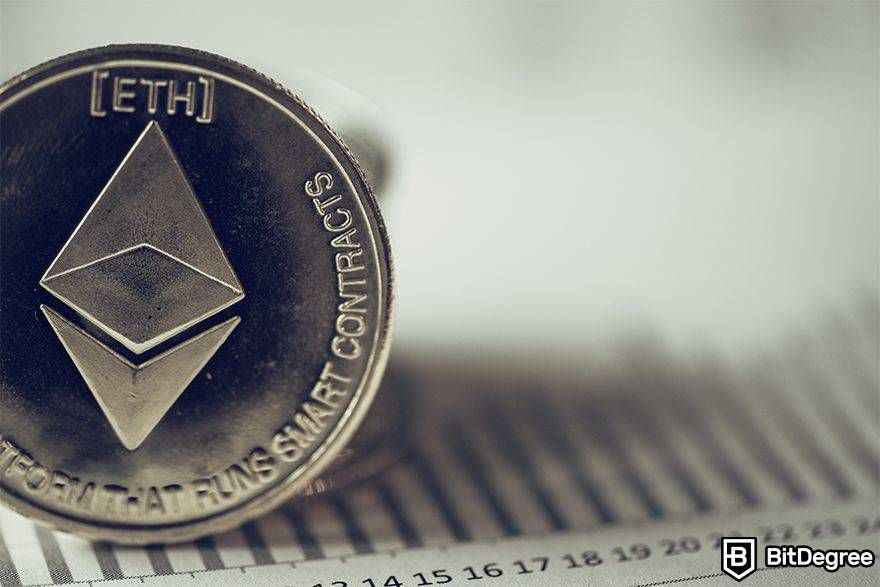
Most of the info we learned about Bitcoin still applies when learning how to arbitrage cryptocurrencies which are Ethereum-based. But now we have more exchanges that can be used, which equals more possibilities. Decentralized exchanges tend to be lower latency than centralized ones, which means that arbitrage should theoretically be easier to do.
But bear in mind that Ethereum-based cryptocurrencies have a different transaction speed and transaction fee structure than Bitcoin. Generally, Ethereum is faster, and since its move to Proof-of-Stake, it is cheaper than Bitcoin (excluding Lightning Network). But Ethereum has been prone to congestion in the past– this is where too many transactions clog the network and slow down blocks being added.
If you engage in arbitrage at a time when the network is congested, then you are setting yourself up for failure, as this will mean you have slower transactions and higher fees. At best, you might get less of a profit on your trades; at worst, the slowness might mean you miss an arbitrage opportunity altogether.
As we mentioned with Bitcoin, make sure to keep up with the social signals for any other cryptocurrencies as well. BitDegree makes this easy to do as its social signals are very accessible, showing website traffic, Twitter stats, Reddit stats, and many other pieces of intel on a huge range of assets. For example, here on Ethereum’s social signals page, we see its Twitter followers are on the rise at the time of writing this.
Understanding Automated Arbitrage Trading Crypto
A tutorial looking into what is arbitrage trading in crypto would not be complete without examining automated services. At its core, this is the act of using bots or scripts which have been programmed to know how to arbitrage cryptocurrency. These are typically faster than a human, and so they are often favoured.

These bots automatically identify arbitrage opportunities and buy and sell cryptocurrency across different exchanges. The bots use algorithms to monitor price differences between these exchanges, and when they detect an opportunity for arbitrage, they will automatically execute trades to make a profit.
The cryptocurrency trading landscape is filled with these types of bots, executing and evaluating arbitrage on behalf of the people who run them. Some programmers build these bots themselves, teaching them how to arbitrage bitcoin and other cryptocurrenices by having them analyse past data, whereas others are built to simply execute when they identify specific price discrepancies.
But do not fret if you are not a programmer, as it is possible to find arbitrage bots online that you can use. One example is RoboFi, which is a DeFi trading bot service that helps people to deploy arbitrage bots on decentralized exchanges.
These bots have a tendency to eat up a lot of the arbitrage opportunities out there, and so if you are planning to learn manually how to arbitrage crypto, then you might have some very stiff competition. This is not to say manual arbitrage is impossible, but fighting the speed of a bot is quite tough.
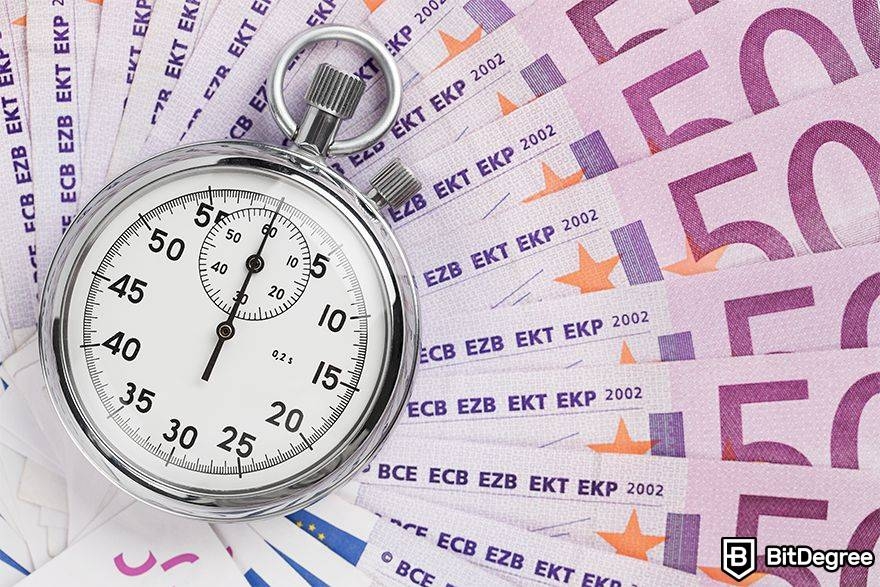
A very important part of learning what is arbitrage trading in crypto is learning that bots have inundated the space, and have left fewer opportunities for people who would prefer to do it themselves. RoboFi will help if you want to go down that route, too, but it is also a good idea to look at what other bots are available and check through their reviews and reports from people who use them.
Automated arbitrage trading crypto is a complex area to fully unpack, but for a beginner, you only need to know of their existence and that they are on the market. View them as a potential avenue for you to take, but also keep in mind that to use them, you need to know much more than simply what is arbitrage trading in crypto or how to arbitrage crypto.
The Risks and Consequences of Crypto Arbitrage Trading
You have learned about how to do arbitrage trading crypto and have heard about automated arbitrage trading crypto, but let’s examine the risks involved overall. Some of the risks have been mentioned in passing already, but here we will focus more intently on them.
The first big risk to consider is that arbitrage opportunities are very short-lived, and so you must act fast. And with the emergence of automated arbitrage trading crypto bots, you have to be tremendously quick to swoop up the best deals and make the best profits. This means you need a fast computer, good internet, and to know exactly what actions you need to take to trade, withdraw, and trade again on another exchange.
Not only this, but congested blockchain networks can slow your progress and can lead to you missing opportunities. This is true for any cryptocurrency, as the process of adding them to another exchange involves moving funds between wallets, but it is especially true with decentralized exchanges as these fully run on blockchains.

So whether you are learning how to arbitrage bitcoin or something else, it is worth keeping in mind. Ethereum-based tokens and exchanges have been victims of congestion in the past, so traders must keep this in mind, but truthfully congestion can affect most blockchain networks.
Strongly connected to this worry is that of network outages. Most blockchains are pretty functional to the point where they do not shut down, but some newer and more experimental blockchains struggle. A perfect example of this is Solana, which is known to have outages every now and again. For anybody learning how to do arbitrage trading with crypto, you should investigate the network you are using so you can avoid this.
Conclusion
You should now have a good grasp of what is arbitrage trading in crypto. This is a highly lucrative and interesting way of making money in this industry, but it is also a very complex one. The contents of this guide are perfect for somebody who is new to learning what is arbitrage trading in crypto, but in many ways, this is only the start of the rabbit hole!
There is much more to learn. Some of this is regarding the industry, and some of it is regarding how you as an individual would like to engage in arbitrage yourself. Different people have different trading styles and so there is no one cookie-cutter method to this. Luckily, high-quality exchanges on the market, such as Binance, Kraken, and KuCoin, give you the perfect playground to try out methods with confidence.
One question to ask yourself is whether you want to use bots or not. It should be noted that there is no shame in employing the help of tech to reach greater financial heights, and it should be emphasised that there are still some opportunities for arbitrage attainable for those who go down the manual route. Both options are viable, and they are both significant in understanding what is arbitrage trading in crypto.
As you can probably tell, arbitrage trading is not as straightforward as other types of trading, but with this guide, you should have the knowledge to begin your journey with this craft. Take time to understand and process what is arbitrage trading in crypto, and be sure to entrench yourself in a wide range of data and news regarding cryptocurrency so that you can always stay abreast of new developments and social signals.
The content published on this website is not aimed to give any kind of financial, investment, trading, or any other form of advice. BitDegree.org does not endorse or suggest you to buy, sell or hold any kind of cryptocurrency. Before making financial investment decisions, do consult your financial advisor.

